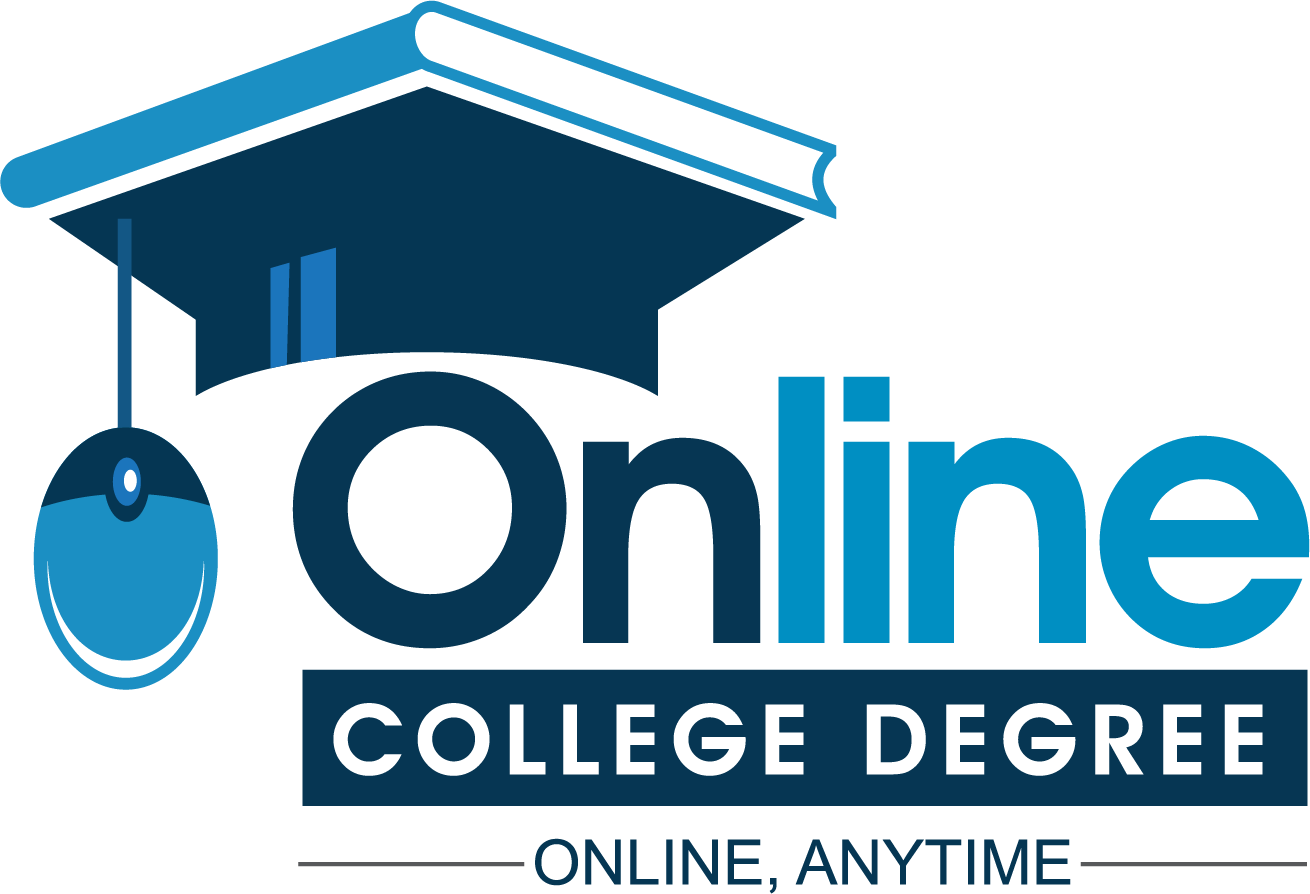With locations closed during the Coronavirus epidemic, students aren’t the only ones experiencing a learning curve with online education. Many of your teachers are as new to online education as they are to online learning.
According to a new survey of university administrators by an association of digital learning organizations, 97% said they “used teachers with no online teaching experience for some of their courses”.
The study also found that “even experienced online instructors have to adapt on the fly.” In the rapid transition from campus to distance education in response to COVID-19, most teachers had approximately one week to prepare and keep online the rest of their Spring Semester courses.
Most locations remain closed at least until the end of the spring semester. Some schools have even announced that they will extend or partially close these closings in the summer and fall.
Over the weeks, schools go beyond emergency response to prepare for what lies ahead. This preparation includes the transition of teachers and emergency distance courses to online courses.
How is this kind of preparation? It begins by identifying best practices and relevant resources, providing opportunities to develop skills, working with experienced online educators, collecting and integrating student feedback.
Best practices and relevant resources for online education
Online education has existed since the 1960s when a network was developed to provide communications and training for research projects of the United States Department of Defense. United States
Over the following decades, the Internet and higher education evolved in many ways to offer comprehensive courses and distance education programs. The result is a growing collection of effective strategies and methods.
As colleges and universities prepare for the future, leaders draw on this history of experience and research, as well as seasoned online education professionals, to understand how to teach effectively online.
Teachers have access to general resources such as a list of open access articles and websites provided by the American Educational Research Association.
They also have access to more specific resources developed by their institution. The University of South Florida faculty and student toolkit includes quick links to IT tools and support, course checklists, FAQ forums, and training tutorials.
In addition, several standards are now available to guide the development of online courses and programs. The objective of implementing one of these tools is to ensure the quality of the online learning experience.
The quality dashboard system of the e-learning consortium is an example that includes analyzes of course design and teaching practices, as well as digital tools and student support.
The importance of student feedback in online courses
There are built-in options for students to assess not only their courses but also their instructors, usually using assessment forms for the intermediate course and the end of the course. But right now your comments can be particularly helpful.
Suggestions for … publishing “lecture notes” and “planning more office hours” can help teachers focus their time and energy on where students need it most.
Jeffrey Young of EdSurge said that frequent constructive feedback from students is important so that teachers can “customize and repeat more” their lessons in a new online format.
Washington State University’s Voiland College of Engineering and Architecture shared and celebrated some of the comments from students who have received their professors so far. Suggestions for “recording lectures [and] posting to class notes” and “scheduling more office hours” can help teachers focus their time and energy on where students need it most.
Do you have any suggestions for your teachers? What do you need to be successful as an online learner? Take the time to share not only what doesn’t work, but also what works. You should also contact your instructors for any questions.
